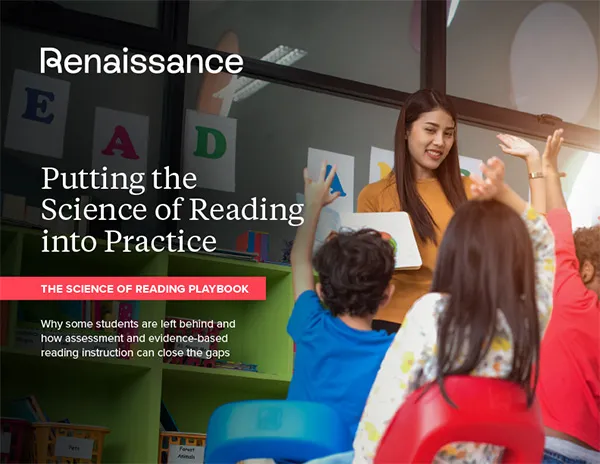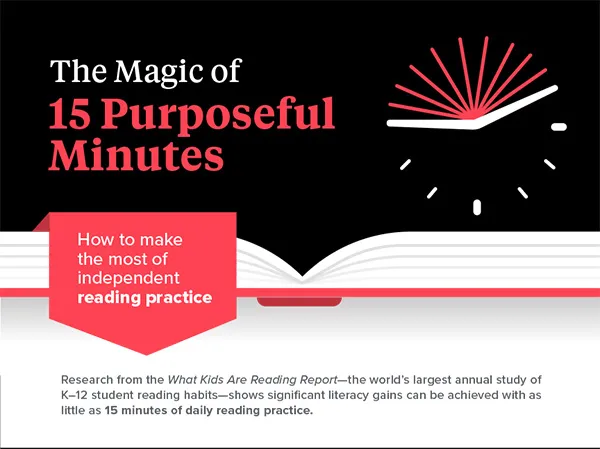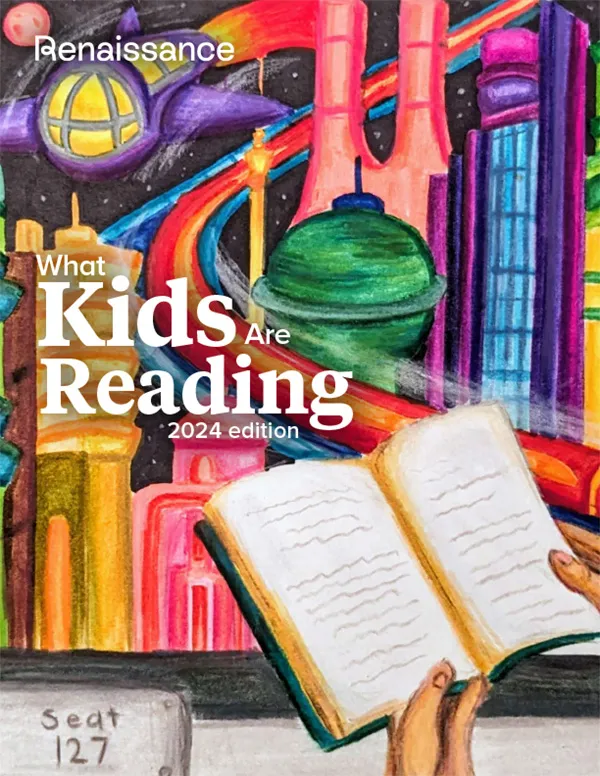Implementing strong, whole-class Tier 1 instruction is the key to making sure most students reach end of year benchmarks.
Flocabulary’s research-backed lessons use the power of hip-hop and storytelling to build vocabulary and unlock comprehension, leading to improved test scores and outcomes.




